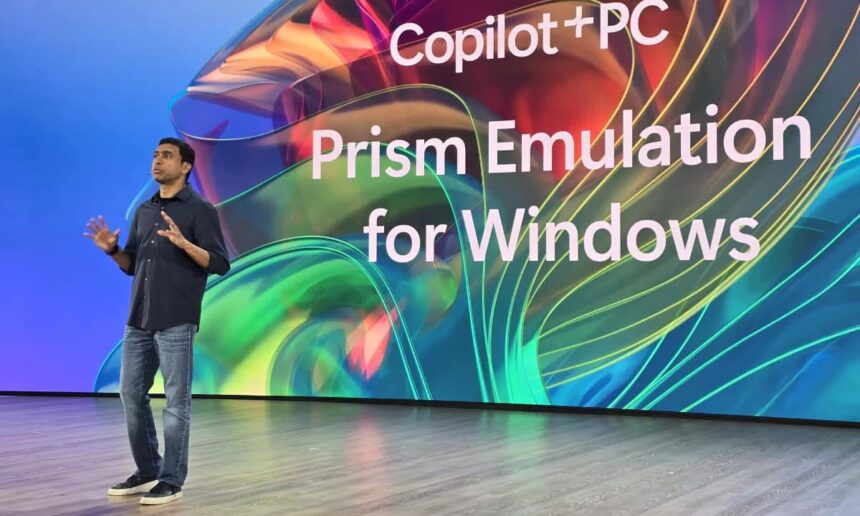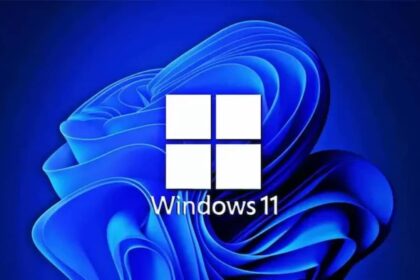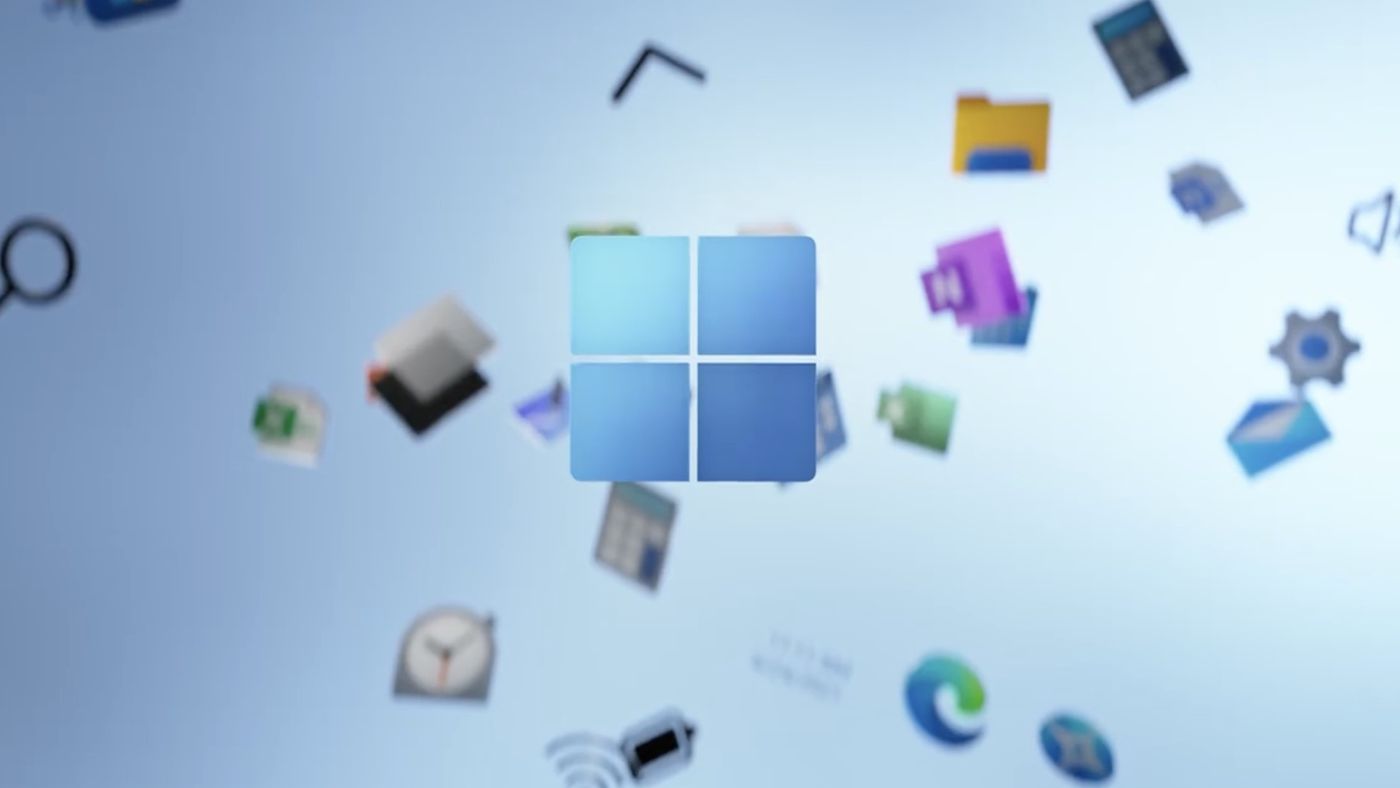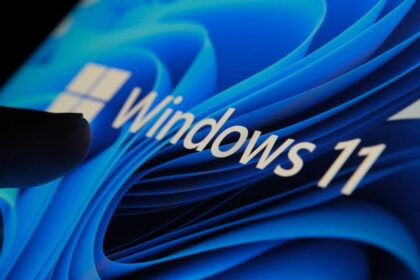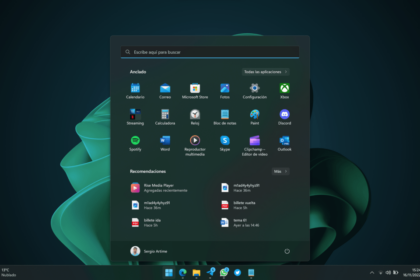Microsoft has just introduced a new line of computers called the Copilot+ PC. These computers are known for their great balance between being able to work independently, having strong performance, and having capabilities related to artificial intelligence.
While Intel and AMD will join this new generation later, all eyes are currently on Qualcomm’s new ARM processors: the Snapdragon chips. A critical aspect of these new computers is their ability to run programs initially designed for different types of processors.
This is where the name “Prism” comes into play. First, it’s essential to understand that “Prism is not a new program for running different types of software.” We’re talking about the same technology that Windows 11 has been using for years to run x86 applications (programs designed for a certain type of processor) on computers with ARM processors (a different type of processor).
The new thing is that Windows 11 24H2 has dramatically improved this software. And the improvements are so good that Microsoft has decided to give it a new marketing name: Microsoft Prism.
Prism is “Microsoft’s Rosetta 2”
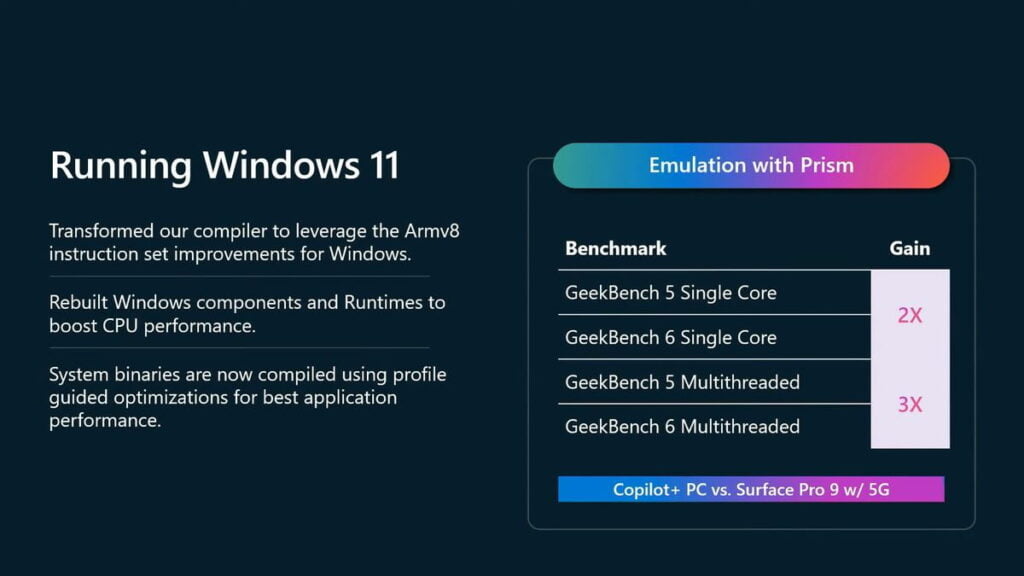 Microsoft shows the improvements in emulation compared to the Surface Pro 9 5G | Image: Microsoft[/caption]
Microsoft shows the improvements in emulation compared to the Surface Pro 9 5G | Image: Microsoft[/caption]
Even though many computer makers are using the new Qualcomm ARM chips, and it’s expected that in the not-too-distant future, most Windows applications will be available natively for ARM processors, that’s not the case in the short term. Prism’s role is to make that transition period as smooth as possible for the user. The goal is to offer good enough performance when running software designed for other processor types so that it doesn’t negatively impact our experience.
Microsoft claims that Prism performs similarly to Rosetta 2, Apple’s famous translation software for running programs on new processor types. In Microsoft’s words, “apps running through emulation on PCs with Snapdragon’s highest-end chips run twice as fast as on previous generation devices running the older Windows 11 version.”
Ultimately, and although Microsoft says we’ll spend 90% of the time using software designed natively for ARM, Prism should help make that remaining 10% of the time as comfortable and seamless as possible. As soon as we can get our hands on one of the new Copilot+ PCs, we’ll check if this claim holds.

